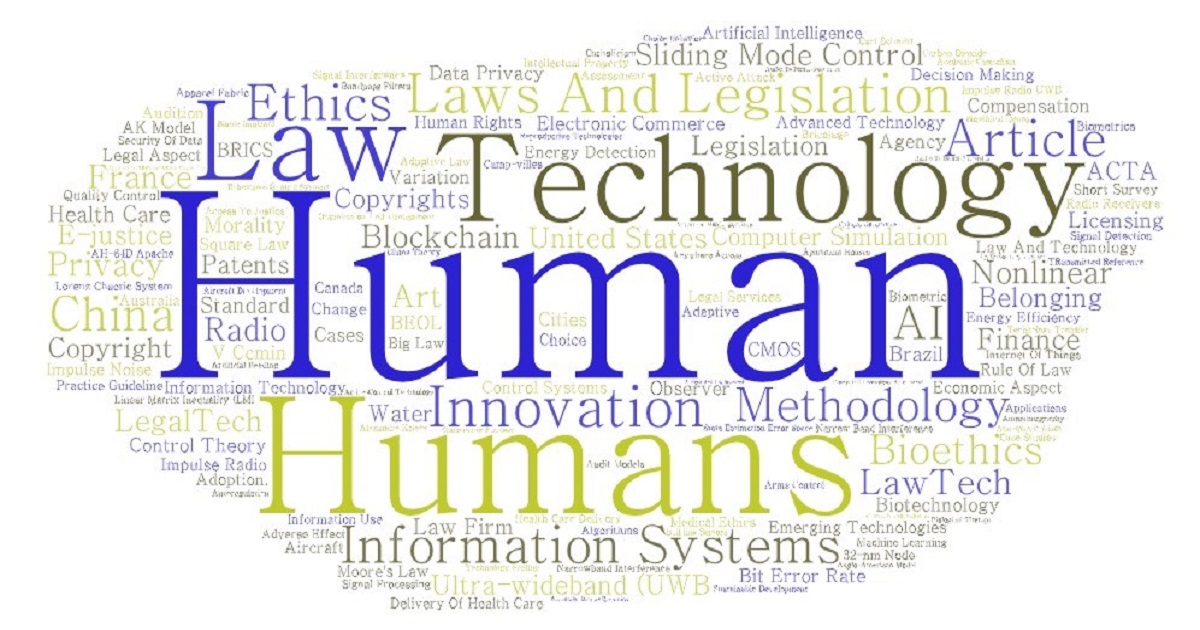Topic Editors


Emerging Technologies, Law and Policies

Topic Information
Dear Colleagues,
New technologies and the so-called information and communication technologies (ICT or IT) are transforming society, interpersonal relationships, and our way of understanding the world—and, b. By extension, also law and the legal profession. New technologies will have a great impact on society in the coming years, and will pose new challenges and legal issues in the legal sector that will surely affect the development, evolution, and way of understanding the legal practice. The future of industry will be made up of occupations that do not yet exist or of areas or subjects that are little or not yet known or even explored. The key for law firms will be to specialize in these sectors. In this Special Issue of Topics, original research articles and reviews are welcome. Research areas may include (but are not limited to) the following:
- Artificial intelligence (AI)
- Automated cars
- Big data
- BIM
- Bioprinting
- Biotechnology
- Bitcoins/blockchain
- Compliance
- Credit cCard
- Cybercrime
- Deep learning
- Digital evidence
- Digital Fforensics
- Email sSpam
- Internet of things (IoT)
- Lawtech
- Legal tech
- Machine learning
- Nanotechnology
- Online bBanking
- Privacy and data protection
- Robotics
- Smart contracts
- UAV
- Virtual reality/Augmented reality
Prof. Dr. Esther Salmerón-Manzano
Prof. Dr. Francisco Manzano Agugliaro
Topic Editors
Keywords
- legal tech
- law tech
- justice
- legal profession
- law firms
Participating Journals
| Journal Name | Impact Factor | CiteScore | Launched Year | First Decision (median) | APC | |
|---|---|---|---|---|---|---|

Inventions
|
3.4 | 5.4 | 2016 | 17.4 Days | CHF 1800 | Submit |

Laws
|
1.2 | 1.9 | 2012 | 29.6 Days | CHF 1400 | Submit |

Sustainability
|
3.9 | 5.8 | 2009 | 18.8 Days | CHF 2400 | Submit |

Technologies
|
3.6 | 5.5 | 2013 | 19.7 Days | CHF 1600 | Submit |

MDPI Topics is cooperating with Preprints.org and has built a direct connection between MDPI journals and Preprints.org. Authors are encouraged to enjoy the benefits by posting a preprint at Preprints.org prior to publication:
- Immediately share your ideas ahead of publication and establish your research priority;
- Protect your idea from being stolen with this time-stamped preprint article;
- Enhance the exposure and impact of your research;
- Receive feedback from your peers in advance;
- Have it indexed in Web of Science (Preprint Citation Index), Google Scholar, Crossref, SHARE, PrePubMed, Scilit and Europe PMC.

